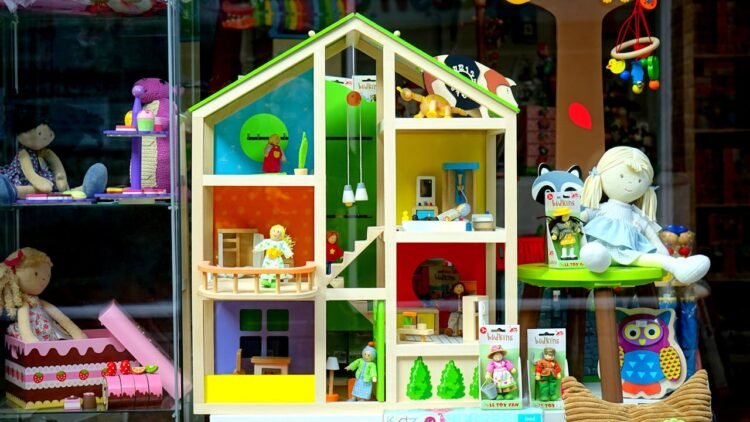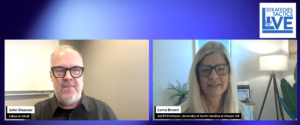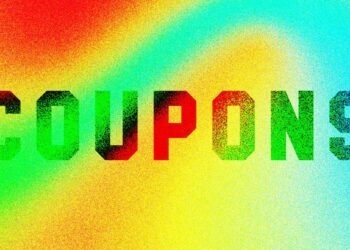Public relations plays a vital role in making toy companies stand out at major industry events like Toy Fair. With thousands of exhibitors competing for attention from media and buyers, strategic PR can mean the difference between getting lost in the crowd and generating meaningful coverage and sales leads. The most successful companies start planning their PR campaigns months before the event, focusing on crafting compelling stories, preparing engaging presentations, and building relationships with key media contacts. This guide examines proven PR tactics for before, during, and after Toy Fair to help toy companies maximize their presence and achieve their business objectives.
Pre-Fair Planning and Preparation
Success at toy fairs requires extensive advance planning and preparation. Starting 4-6 months before the event gives PR teams adequate time to develop messaging, create press materials, and build media relationships.
Begin by identifying your key objectives for the fair. Are you launching new products? Seeking retail distribution? Building brand awareness? Clear goals help focus PR efforts on activities that drive desired outcomes.
Next, select 3-4 “hero” products to spotlight. These should be your most newsworthy items that align with current trends and are easy to demonstrate. Having a focused product story makes it easier to capture media attention versus trying to promote everything.
Develop a comprehensive press kit containing:
- High-resolution product images and B-roll footage
- Detailed product specifications and pricing
- Company backgrounder and executive bios
- Recent news coverage and awards
- Safety certifications and testing results
- Trend analysis and market data
Send embargoed press releases to media 4-6 weeks before the fair. This gives journalists time to plan coverage while maintaining news value. Segment your media list by outlet type (trade publications, mainstream media, parent bloggers) and customize pitches accordingly.
Creating an Engaging Booth Experience
Your booth serves as your brand’s physical presence at the fair. Design it to facilitate media interactions and product demonstrations while reflecting your brand identity.
Set up dedicated areas for media interviews and buyer meetings away from general traffic. This allows for focused conversations without disruption. Include seating, product display areas, and any necessary demo equipment.
Train booth staff on key messages and demonstration techniques. Everyone should be able to effectively communicate product benefits and answer common questions. Assign specific team members to handle media requests.
Consider creating “Instagram-worthy” photo opportunities in your booth. Eye-catching displays and interactive elements encourage social media sharing, extending your reach beyond the fair.
Schedule media appointments in advance when possible. This ensures key contacts have dedicated time to experience your products. Leave flexibility for impromptu visits from journalists covering the show floor.
Active media engagement during the fair requires a mix of scheduled activities and spontaneous interactions. Have your PR team ready to capitalize on opportunities as they arise.
Host small group product demonstrations for media throughout the day. These intimate settings allow for hands-on experience and detailed questions. Consider hosting some sessions off-site to avoid show floor distractions.
Monitor social media mentions and engage with posts about your brand. Share behind-the-scenes content and respond promptly to inquiries. This real-time engagement helps build buzz during the event.
Take detailed notes during media interactions including:
- Reporter name and outlet
- Products discussed
- Specific angles of interest
- Expected coverage timing
- Follow-up requirements
These notes prove invaluable for post-fair follow-up and relationship building.
Working with Buyers and Retailers
While media relations often take center stage, PR can also support buyer engagement at Toy Fair. Strategic communications help attract retail decision-makers and facilitate productive meetings.
Prepare buyer-specific materials highlighting:
- Sales data and market trends
- Merchandising options
- Marketing support programs
- Margin potential
- Consumer insights
Schedule appointments with key retail targets in advance. Work with your sales team to identify priority accounts and coordinate outreach.
Consider hosting a buyer reception or product showcase event. This allows for relationship building in a more relaxed setting while still maintaining focus on your offerings.
Maximizing Post-Fair Coverage
The work doesn’t end when the fair closes. Post-event follow-up often determines the ultimate PR impact of your Toy Fair presence.
Send personalized follow-up emails to media contacts within 48 hours. Reference specific conversations and include any promised materials. Maintain regular contact as stories develop.
Create a coverage highlights document including:
- Media outlet name
- Publication date
- Story angle
- Product mentions
- URL/clip file
- Estimated reach
Share coverage internally and with retail partners to demonstrate momentum. Use highlights to inform future PR planning.
Begin pitching for long-lead opportunities like holiday gift guides. Many outlets start planning seasonal coverage shortly after Toy Fair.
Measuring PR Success
Establish clear metrics to evaluate your Toy Fair PR efforts. Common measurements include:
- Total media placements
- Reach of coverage
- Message pull-through
- Social media engagement
- Website traffic
- Sales lead generation
Track both immediate results and longer-term impact over 6-12 months post-fair.
Compare results to pre-established goals and industry benchmarks. Use insights to optimize future trade show PR strategies.
Building Year-Round Momentum
While toy fairs represent a crucial moment for toy industry PR, success requires sustained effort throughout the year. Use the relationships and coverage from the fair as a foundation for ongoing media engagement.
Maintain regular contact with key journalists through:
- Product update newsletters
- Trend commentary
- Executive interviews
- Behind-the-scenes content
- Industry expertise
This consistent presence keeps your brand top-of-mind for future coverage opportunities.
Conclusion
Effective PR can significantly amplify your toy fair presence and help achieve key business objectives. Success requires careful advance planning, active engagement during the show, and dedicated follow-through afterwards. Focus on creating compelling stories around your products while building genuine relationships with media and industry partners. Track results carefully to continuously refine your approach.
To get started, begin planning your PR strategy 4-6 months before the fair. Identify key products and messages, develop comprehensive press materials, and start building your media contact list. Consider working with experienced toy industry PR professionals who understand the unique dynamics of the fair and maintain strong journalist relationships. With the right strategy and execution, PR can help your brand stand out at Toy Fair and drive meaningful business results.













